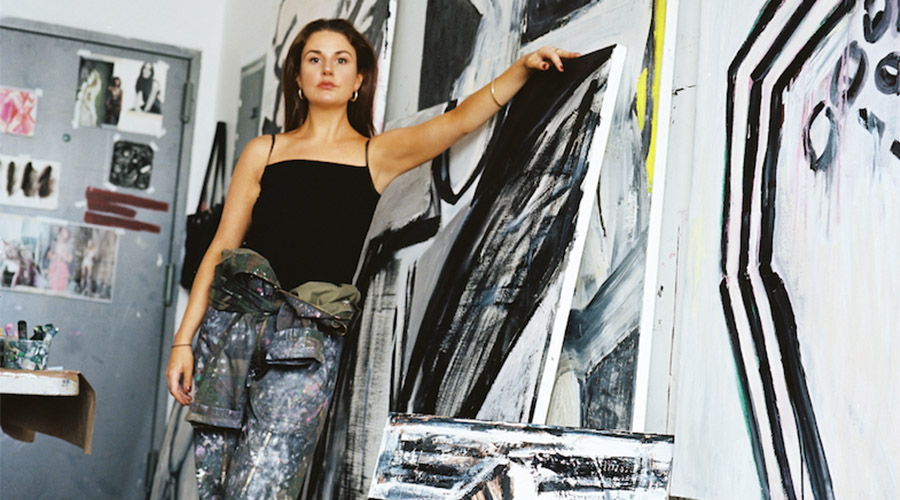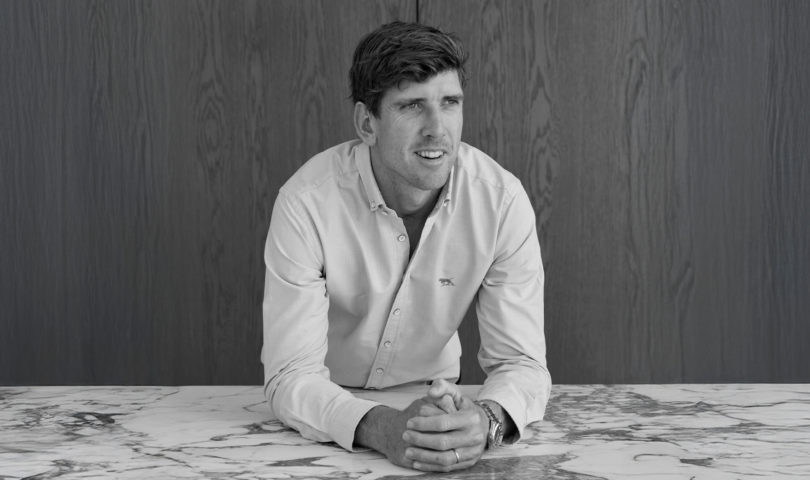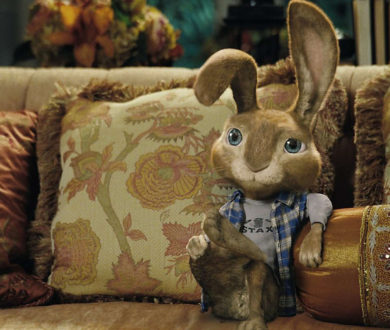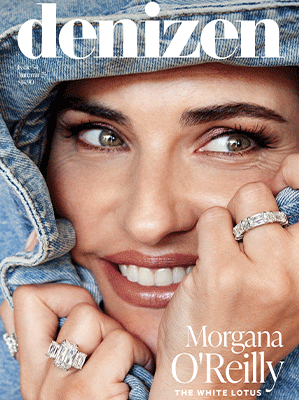An artist who is renowned for her exploration of feminist themes, it’s no surprise that New York City-based New Zealander Natasha Wright‘s latest exhibition has female empowerment at its core. It’s for this reason that we’ve long been fans of Wright, her ability to provoke thought on weighty subjects like the male gaze and female vulnerability via a slick of paint on canvas is impressive and, really, quite unparalleled.
The artist’s latest body of works, revealed at an exhibition kicking off this weekend at Parlour Projects gallery in Hawke’s Bay, boasts a similar motif and yet still remains to be unlike anything we’ve seen from Wright previously. Here, we sit down with the luminary to learn more about what we can expect from Angels and Icons.
Tell us about Angels and Icons, what can we expect?
I’ll be showing large-scale oil paintings that combine a mish-mash of influences… as the title suggests, these new paintings draw on the history of art — paying homage to medieval painting and religious iconography. The paintings use (secular and religious) historical images of women as a foundation on which to develop an expanding series of feminine archetypes.
Where did your inspiration come from?
My inspiration comes from a wide range of sources. Greek mythology and prehistoric sculpture have been hugely influential. I’ll combine these influences with contemporary references — fashion or advertising, for example. I love Alexander McQueen and the dichotomies of beauty and sadness he explored within his work.
What kind of research, if any, went into the exhibition before you started creating?
Drawing every day — it helps to keep my imagination flowing. A few years ago I spent some time in Naples drawing from the frescos in the Villa of Mysteries and the secret chamber at the Archaeological Museum. This experience really filtered into my work.
If there’s one thing that people can learn, or feel, from viewing Angels and Icons, what would you want it to be?
My work isn’t always comfortable — it’s meant to be thought-provoking. I’d like viewers to come away with a sense of empowerment.
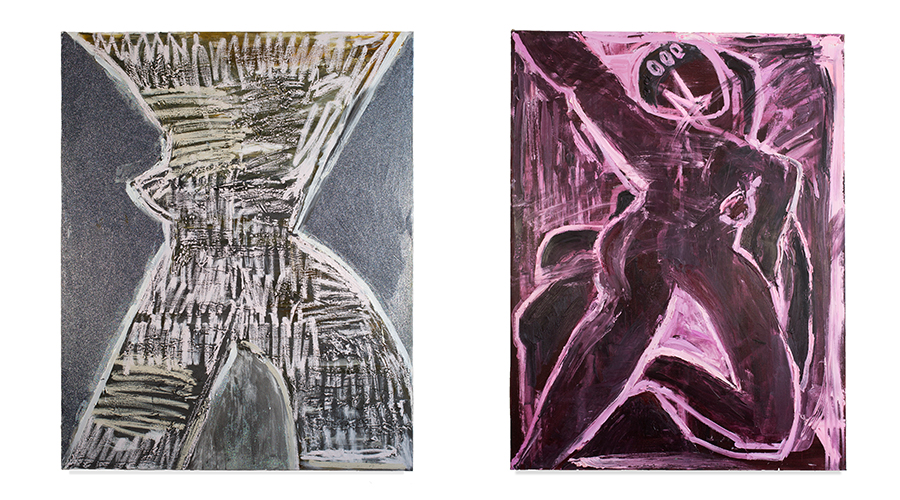
For you, as an artist, what is the most challenging part of creating?
Finding enough time.
You used an interesting medley of materials when creating the paintings for Angels and Icons — sand, black magnum, oil paints and glitter. Why did you choose this media?
I like to change up the materials to keep things interesting. I love the reflective qualities of the glitter and glass beads — it provides an ethereal, spiritual presence. Black magnum has a tar-like quality and I like the roughness of the texture.
What is your creative process like?
My creative process starts with drawing. It’s a pivotal part of my practice, and where 99 percent of my ideas start. When I get to my studio I like to start mixing paint — it helps me to think about colour relationships. I buy a lot of pigments and like to make my own oil paint. Next comes the painting, which is hard to explain. I don’t really have much control over this. The most interesting paintings are discovered in the process!
What, or who, are your biggest influences?
Renaissance paintings, and my time in Italy. I also really love Fassbinder films, as he deals with the female psyche in an unusual way. It’s interesting to see the women in his films having the flexibility to take on a variety of different roles and characters.
Rarely do you paint a female figure in the full form. Why do you choose to allude to the body in this way?
They are not a realistic depiction of the female form. For me, the work requires a slower read because the subject isn’t always obvious. The paint and colour are beautiful, but the content confronts darkness.
How do you think your style has changed and evolved over time? Do you think you have grown as an artist?
Definitely, I’m always looking to grow. My work used to be far more narrative…. naturally over time I’ve become more interested in abstraction.
Who are you influenced and inspired by in the art world right now?
I love Rose Wiley, Sterling Ruby, Ida Applebroog, Amy Sillman and Susan Rothenberg.
Your work often focuses on the empowerment, representation, sexuality and exploration of women. Why is this feminist theme so important to you?
For me, it’s important to relate to the global, political situation and what’s going on around us. I’ve always painted women… it is a subject matter that came very naturally to me. My life as a woman is a representation of those themes. My paintings are my muses.
I call these paintings “Power Women” because I’m interested in turning what has been historically described as the male gaze back on itself. By this, I mean the notion that historically the female body has been used as a vehicle for the male artist’s creativity. I’m interested in turning the tables on that idea. I’m painting a kind of raw power image — an acceptance of women’s bodies as opposed to an idealized image. For the majority of history, female artists have been dramatically unrepresented. Recently there has been a surge of strong, powerful and unapologetic female painters. I find this really inspiring!
Natasha Wright’s ‘Angels and Icons’ exhibition is showcasing at Parlour Projects in Hawke’s Bay from 5th October – 1st November.

